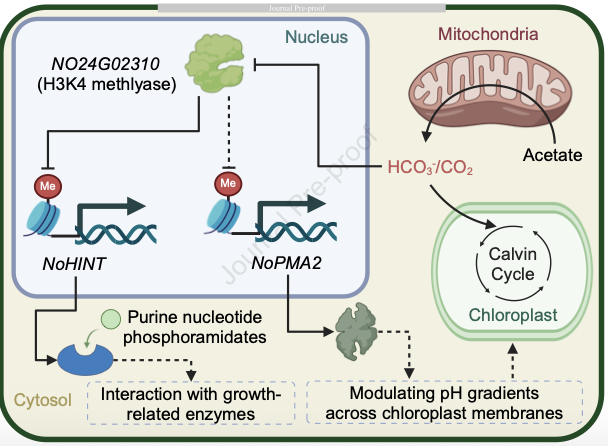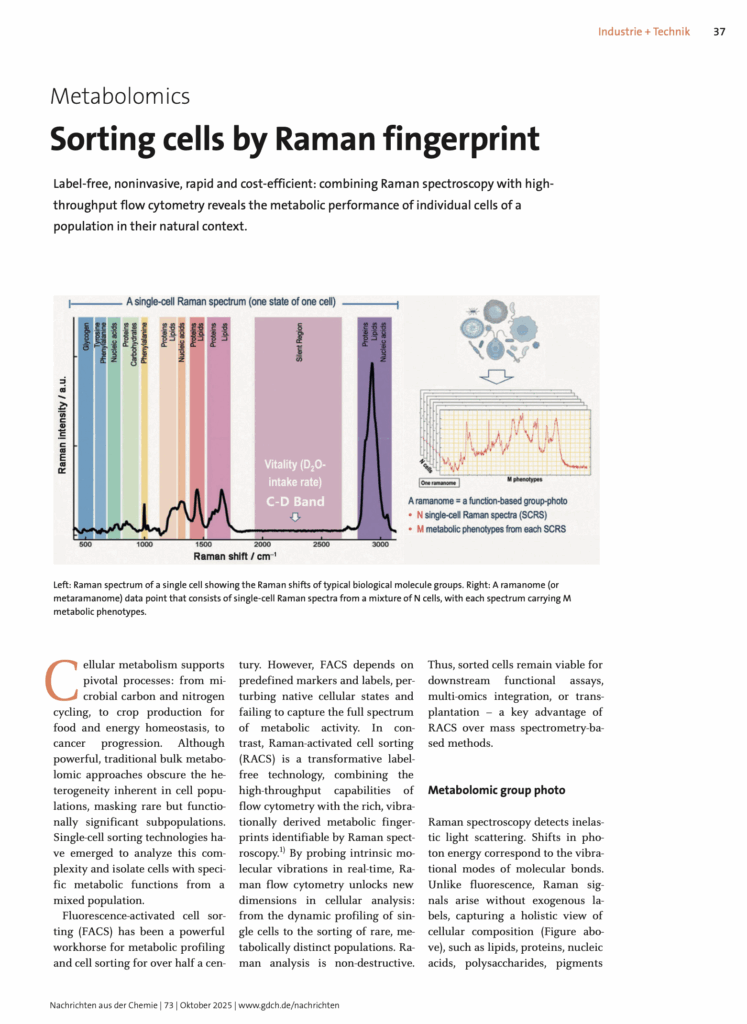R&D institutions
- CAS Institute of Oceanology http://english.qdio.cas.cn/Internation/gjwyh/
- CAS Center for Ocean Megascience http://www.coms.ac.cn/home/
- CAS Qingdao Institute of Bioenergy and Environmental Technology QIBEBT http://www.qibebt.cas.cn
- Shandong Energy Institute https://english.cas.cn/Special_Reports/Dual_Carbon_CAS_in_Action/Org/202204/t20220402_303477.shtml
- Shandong University National Research Center for Colloidal Materials https://nccm.sdu.edu.cn/english/
- Qingdao Haier Institute of Industrial Intelligence Co., Ltd. http://www.iecz.cn/content.action?formId=52&dataId=132&columnId=25&parentId=3
- Hisense Medical https://medical.hisense.com/html/about_us/rd/
- Vland Biotech http://www.vlandgroup.com/en/view/64.html
Universities in Qingdao
- China University of Petroleum https://english.upc.edu.cn
- Ocean University of China http://eweb.ouc.edu.cn
- Shandong University of Science and Technology https://en.sdust.edu.cn
- Qingdao University of Science and Technology https://en.qust.edu.cn
- Qingdao University of Technology https://en.wikipedia.org/wiki/Qingdao_University_of_Technology
- Qingdao Agricultural University https://en.qau.edu.cn
Photo: Haier Global Creative Research Center in Qingdao





